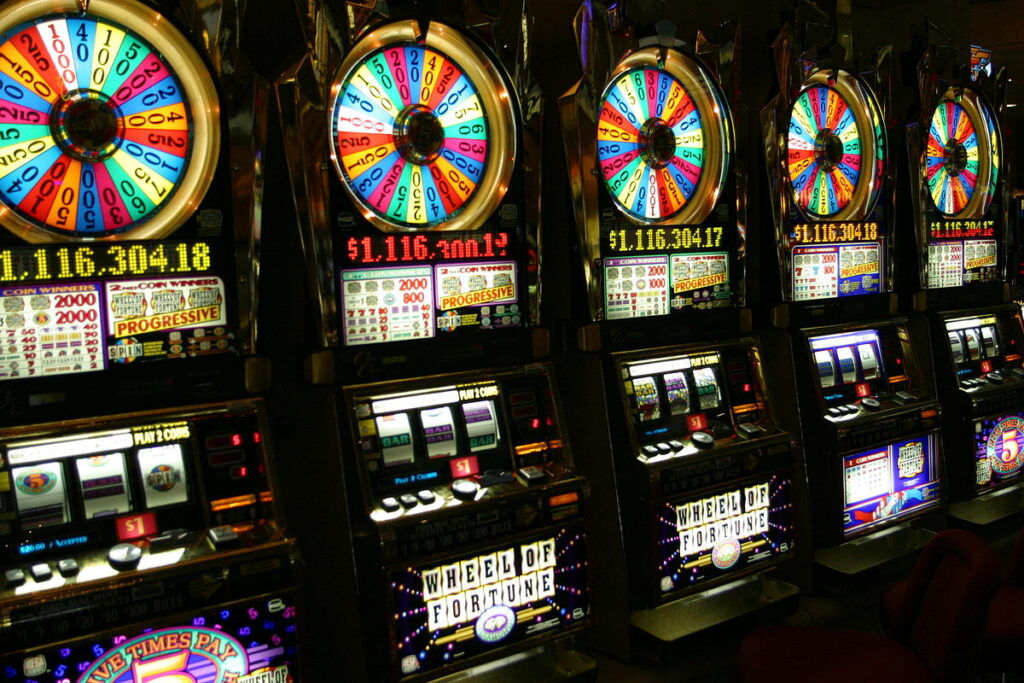Slot games have long captivated players with their colorful graphics, enticing sounds, and the thrill of potential winnings. But beyond the surface-level entertainment lies a complex science that drives the design and development of these games. Developers meticulously craft each aspect, from the reels and pay lines to the random number generators RNGs and the psychology behind player engagement. Understanding the science behind slot games reveals why they are so appealing and how developers create the perfect reel. At the heart of every slot game is the random number generator RNG, a sophisticated algorithm that ensures each spin is independent and unpredictable. This technology is crucial, as it guarantees fairness and randomness in gameplay, which is vital for both player satisfaction and regulatory compliance. The RNG produces a seemingly endless stream of random numbers, which correspond to the symbols on the reels. Each spin of the reels is a unique event, creating a sense of excitement and anticipation.

Developers also focus on the layout and design of the reels themselves. Traditional slot machines feature three or five reels, but modern video slots can have varying numbers of reels and rows, creating different gameplay dynamics. The arrangement of symbols on the reels is crucial; certain combinations can trigger bonuses, free spins, or jackpots. The placement of high-paying symbols, wilds, and scatters is often strategic, enhancing the overall gaming experience. Developers aim to create a balanced distribution of symbols, ensuring that players feel they have a fair chance of winning while maintaining the house edge necessary for profitability. The design of slot gacor hari ini games extends beyond the mechanical components to the psychological elements that influence player behavior. The concept of variable rewards plays a significant role in player engagement. When players experience wins, especially in the form of unexpected jackpots or bonus rounds, they receive a dopamine boost, reinforcing the behavior of playing. Developers capitalize on this by designing features that trigger intermittent rewards, which can create a cycle of anticipation and excitement.
Furthermore, developers understand the importance of themes and storytelling in attracting players. Many modern slot games incorporate popular culture, mythology, and unique narratives to create immersive experiences. Themes can range from adventure and fantasy to classic fruit machines, appealing to various demographics. Engaging graphics, captivating soundtracks, and coherent storylines contribute to a game’s overall appeal, encouraging players to immerse themselves in the experience. Additionally, many developers implement gamification elements, such as leveling systems and achievements, to enhance player engagement and retention. Marketing and player feedback also play a significant role in the development of slot games. Developers often conduct extensive market research to understand player preferences and trends, allowing them to tailor their designs accordingly. Feedback from players can lead to refinements in game mechanics, features, and aesthetics, ensuring that the final product aligns with player expectations. The iterative process of testing and adjusting designs helps create a well-rounded and enjoyable gaming experience.
